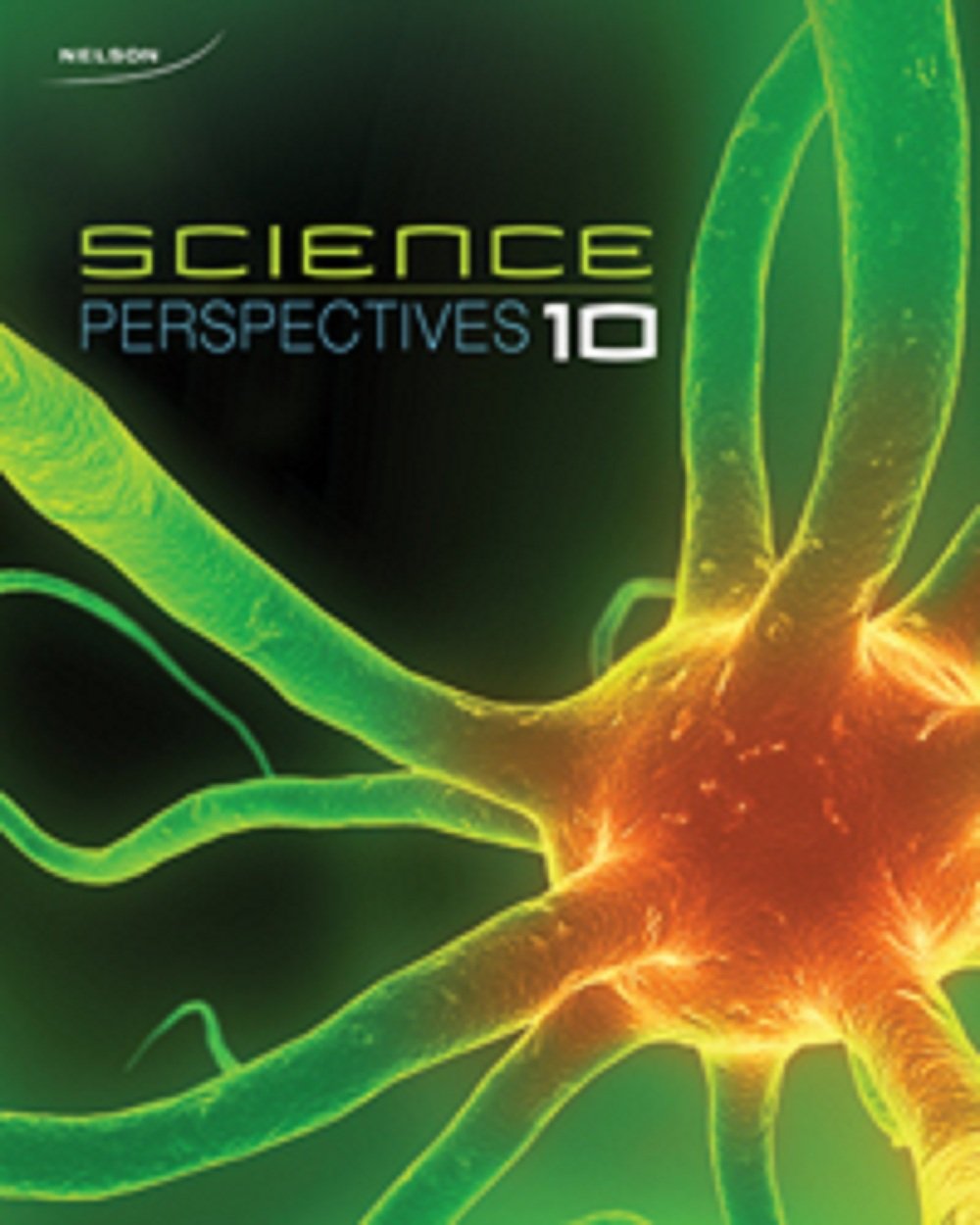
Nelson Science Perspectives 10
1st Edition
ISBN: 9780176355289
Textbook solutions
All Solutions
Section 4-4: Tissues Working Together
Exercise 1
Result
1 of 1
It is not confusing for me to compare plant and animal structures since they are different yet perform similar purposes
Exercise 2
Step 1
1 of 2
Leaves are thin and wide. Their thin size allows atmospheric carbon dioxide to easily diffuse into them via their stomatas. Their wide face allows them to have a large surface area so that maximum light falls upon them. Chlorophyll is present right beneath the top surface of the leaf. The sunlight falling upon the surface of the leaves is absorbed by these for photosynthesis. Water is brought to the leaves by the xylem vessel. This mechanism ensures that in the presence of sunlight, the leaf is able to maximize its food manufacture.
Result
2 of 2
The thin, wide, chlorophyll rich leaves ensure that maximum photosynthesis can take place.
Exercise 3
Step 1
1 of 2
The loosely arranged cells allow the passage of gases in the spaces between them. This is necessary to allow atmospheric carbon dioxide to diffuse in and be available for photosynthesis to take place. Oxygen produced as a product of photosynthesis, also temporarily uses these spaces before diffusing out to the atmosphere via the stomatas.
Result
2 of 2
This spaces allow for movement of gases through the body of the leaves.
Exercise 4
Step 1
1 of 3
a. Cuticle and guard cells both help the plant conserves its water by preventing the escape of water from the plant.
Step 2
2 of 3
b. Cuticle help prevent the loss of water from the surface of the plant as it is waterproof in nature while guard cells prevent the loss of water from the plant by the stomata present in the leaves.
Result
3 of 3
Both of them prevent water loss from the plant.
Exercise 5
Step 1
1 of 2
The palisade layer is packed with chlorophyll containing chloroplast. This layer is located directly beneath the upper epidermis and therefore exposed to the sunlight falling on it. In order for the leaf to photosynthesize at its maximum potential, this light energy must be absorbed by chloroplast and hence its location in the leaf help it fulfill its role in the leaf.
Step 2
2 of 2
The spongy mesophyll layer is made up of loosely arranged cells. The spaces in between the cells are used by gases carbon dioxide as it diffuses in for photosynthesis to take place and by oxygen to diffuse out.
Exercise 6
Step 1
1 of 2
The leaves shown are thin and wide. Their thin size allows atmospheric carbon dioxide to easily diffuse into them via their stomata. Their wide face allows them to have a large surface area so that maximum light falls upon them. Chlorophyll is present right beneath the top surface of the leaf. The sunlight falling upon the surface of the leaves is absorbed by these for photosynthesis. Water is brought to the leaves by the xylem vessel. This mechanism ensures that in the presence of sunlight, the leaf is able to maximize its food manufacture.
Result
2 of 2
The leaves shown are thin, wide, and rich in chlorophyll to allow maximum photosynthesis to take place.
Exercise 7
Step 1
1 of 2
Guard cells control the amount of water loss from the plant via the leaves. They work in pairs around a stomate. When a plant is richly supplied with water, the guard cells absorb this water to become turgid and bend in shape, allowing the stomate to open up, while during dry spells or days of less availability of water, these cells become less turgid and straighten up to close the opening of the stomate, preventing the loss of water from that.
Result
2 of 2
Guard cells control the amount of water loss from the plant via the leaves by changing their shapes depending on the availability of water to the plant.
unlock

